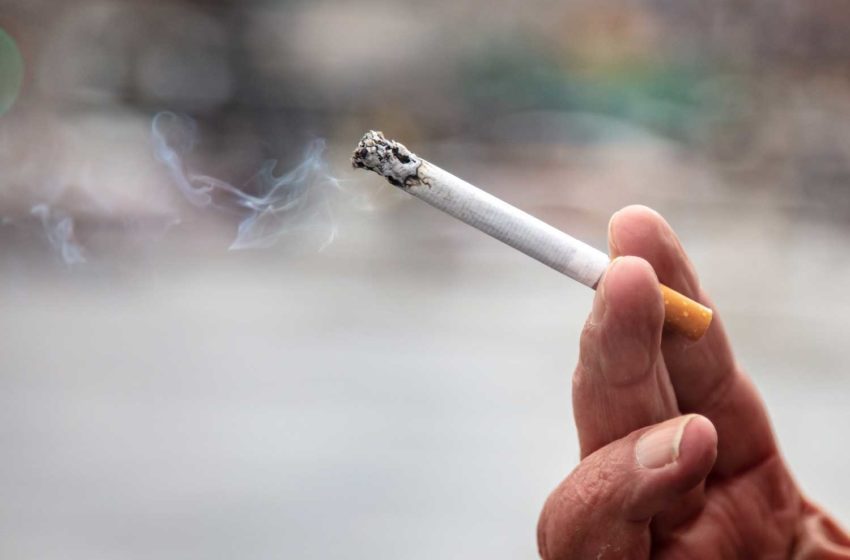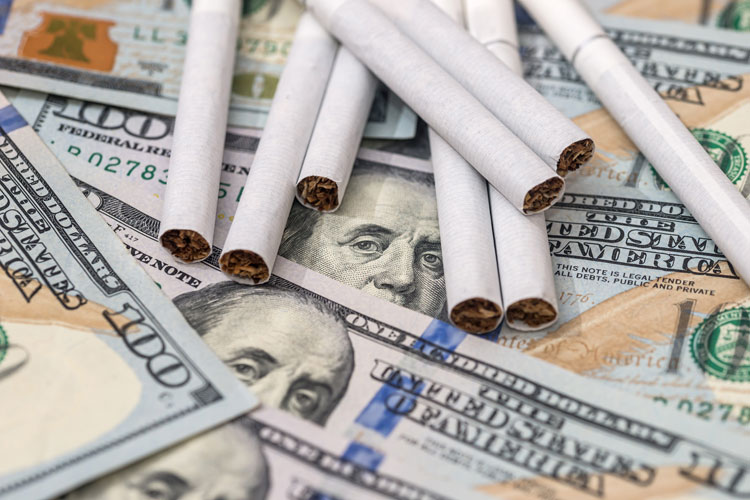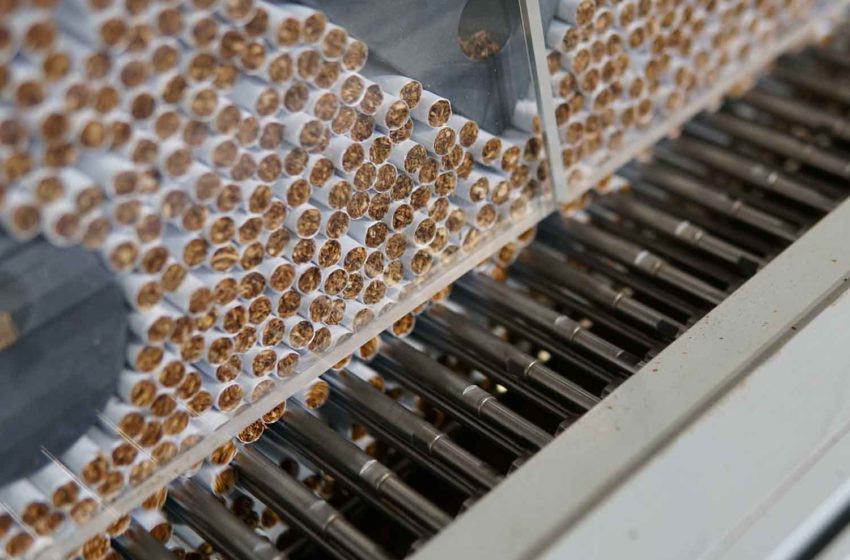
The United States will miss its 5 percent smoking prevalence target by 2030, known as Healthy People 2030, without hiking taxes on cigarettes, finds an analysis published online in Tobacco Control.
Only five states and the District of Columbia are on track to meet this goal, according to the research; the other 45 states will need to raise excise taxes of up to $1.37 a pack every year while continuing with other tobacco control measures if they are to do so, says the author.
The Healthy People 2030 initiative aims to reduce the current prevalence of cigarette smoking among adults in the U.S. to 5 percent by 2030. The researcher wanted to find out if this goal is achievable through hikes in state cigarette excise taxes.
She compared trends in smoking prevalence for each state between 2011 and 2019 with the desired trends for achieving 5 percent smoking prevalence.
The current cigarette smoking prevalence varies widely, ranging from around 7 percent in Utah to nearly 23 percent in West Virginia.
The price-adjusted trend in cigarette smoking prevalence between 2011 and 2019 also varied widely, from −1.13 percentage points in Washington, D.C., to 0.00 in Hawaii and Montana. The desired annual trends range from −0.23 in Utah to −1.97 percentage points in West Virginia.
The gaps between price-adjusted and desired trends were used to calculate the systematic annual increases in state cigarette excise tax that would be needed to reach the 5 percent goal alongside other tobacco control measures, such as a ban on smoking indoors, mass media campaigns and smoking cessation support.
The price-adjusted trends in smoking prevalence observed between 2011 and 2019 are on course to exceed the desired trends for achieving 5 percent smoking prevalence by 2030 in only five states, the analysis shows: Washington, Utah, Rhode Island, Massachusetts, Maryland plus the District of Columbia.
This suggests that most states and the U.S. overall will miss the target at the current rate of smoking decline, with 45 states needing systematic annual increases in cigarette excise tax ranging from $0.02 to $1.37 a pack between 2022 and 2030, calculates the author.
“This requirement stands in sharp contrast with only 22 states increasing cigarette excise tax rates occasionally during 2011–2021,” notes the author. “It suggests that cigarette excise tax policy has remained a severely underused measure of tobacco control despite its proven effectiveness in reducing smoking and related health disparities,” she said in a statement.
The analysis also suggests that the desired state average price for a pack of 20 cigarettes in 2030 will range from $6.13 to $18.4.



















